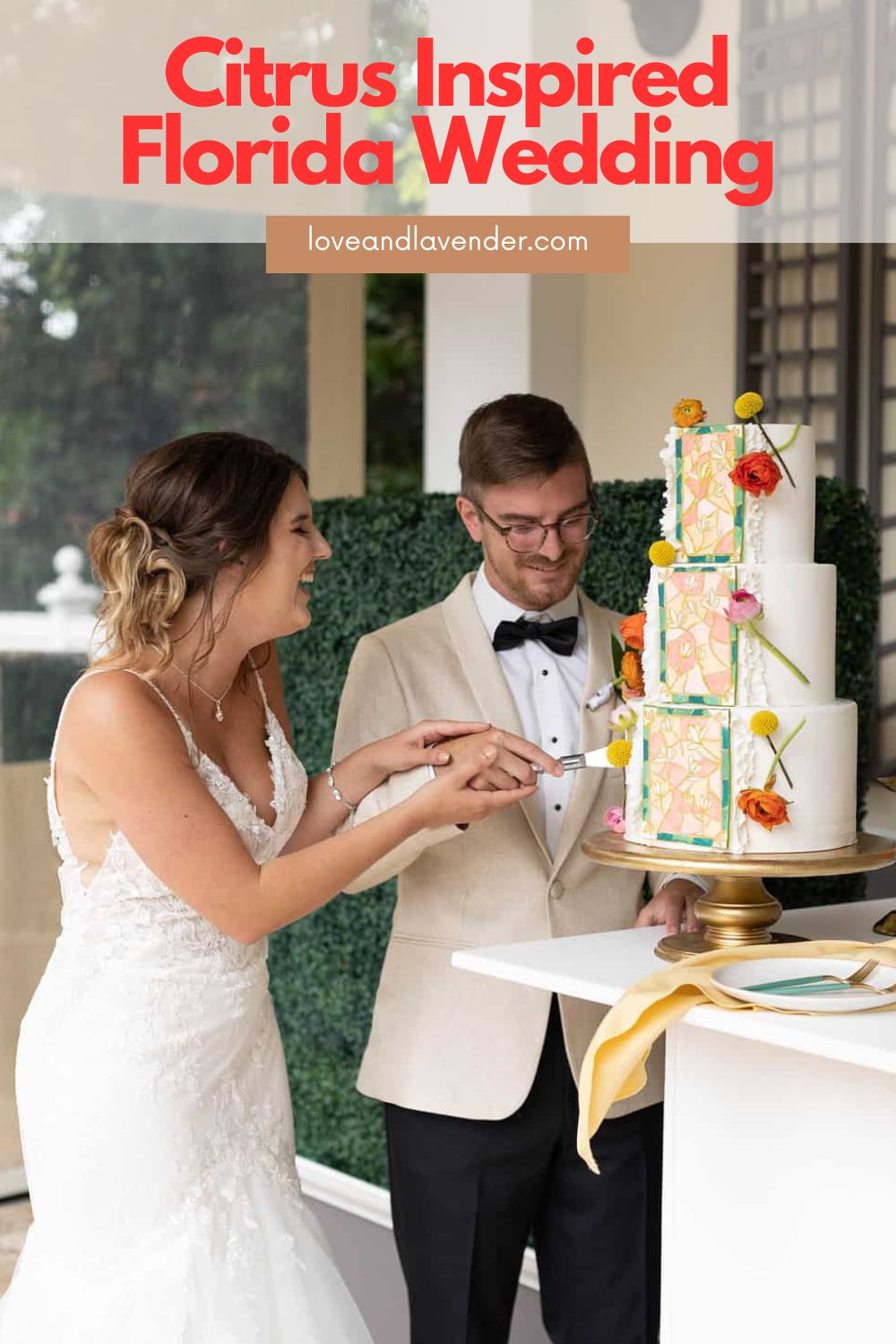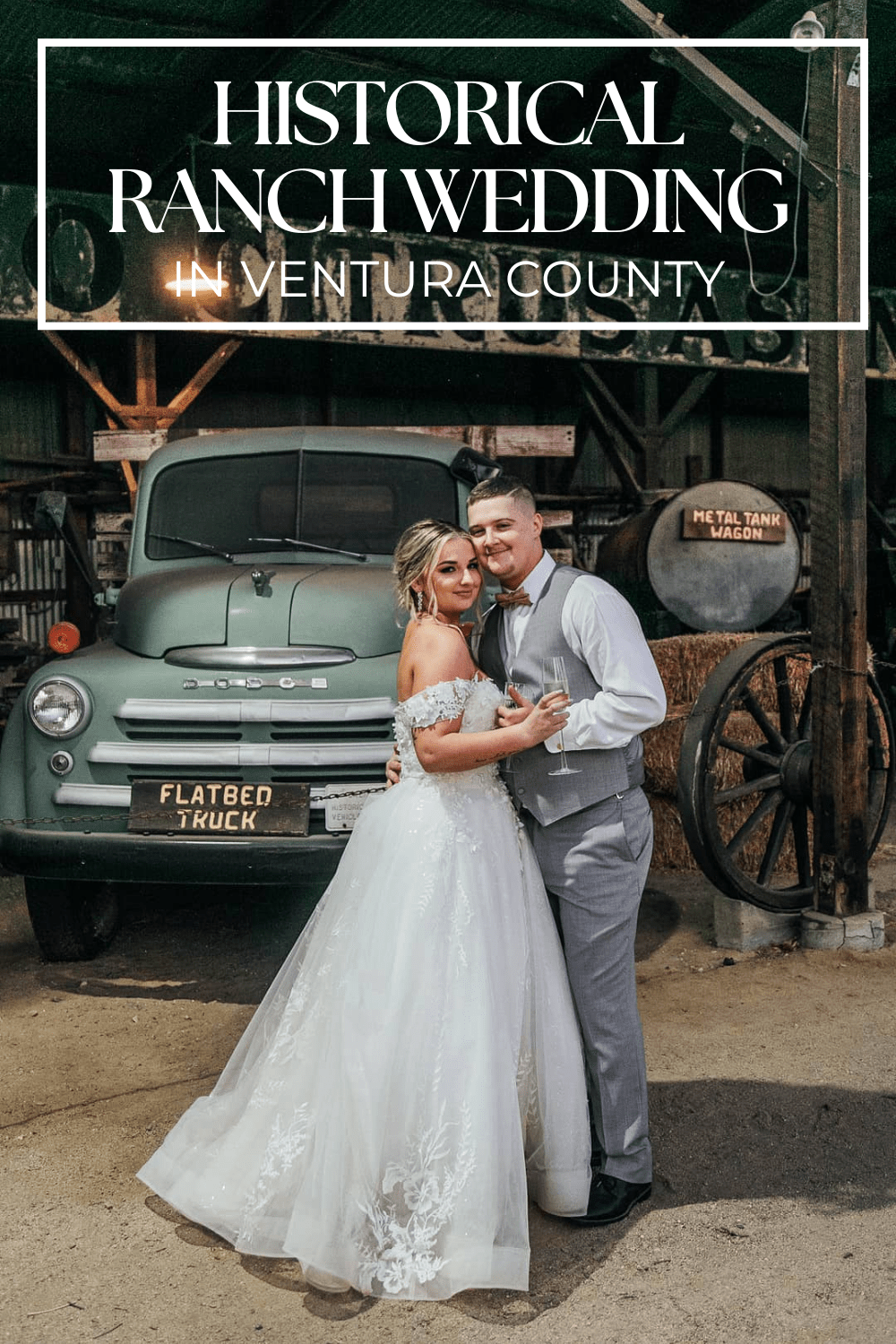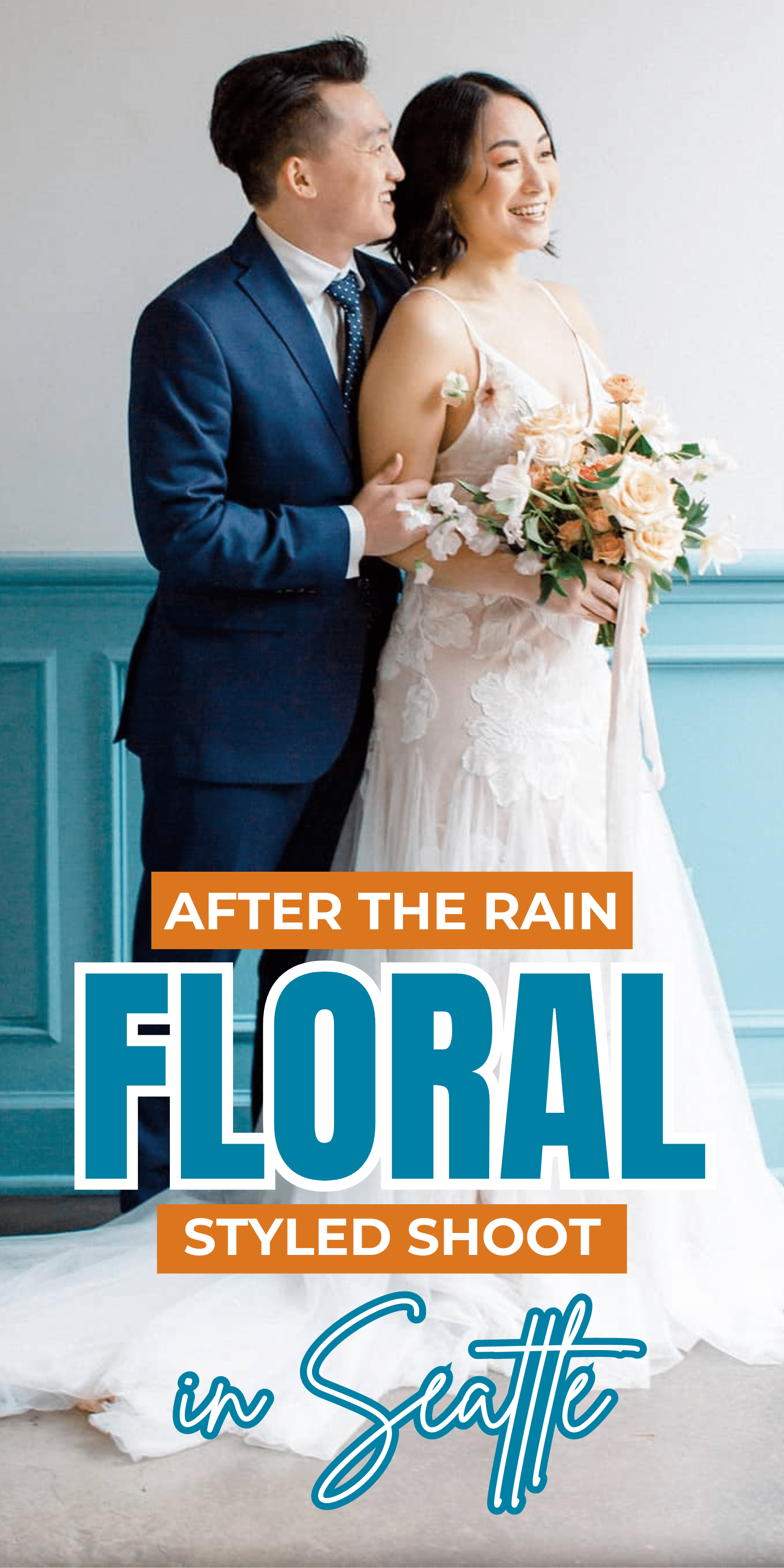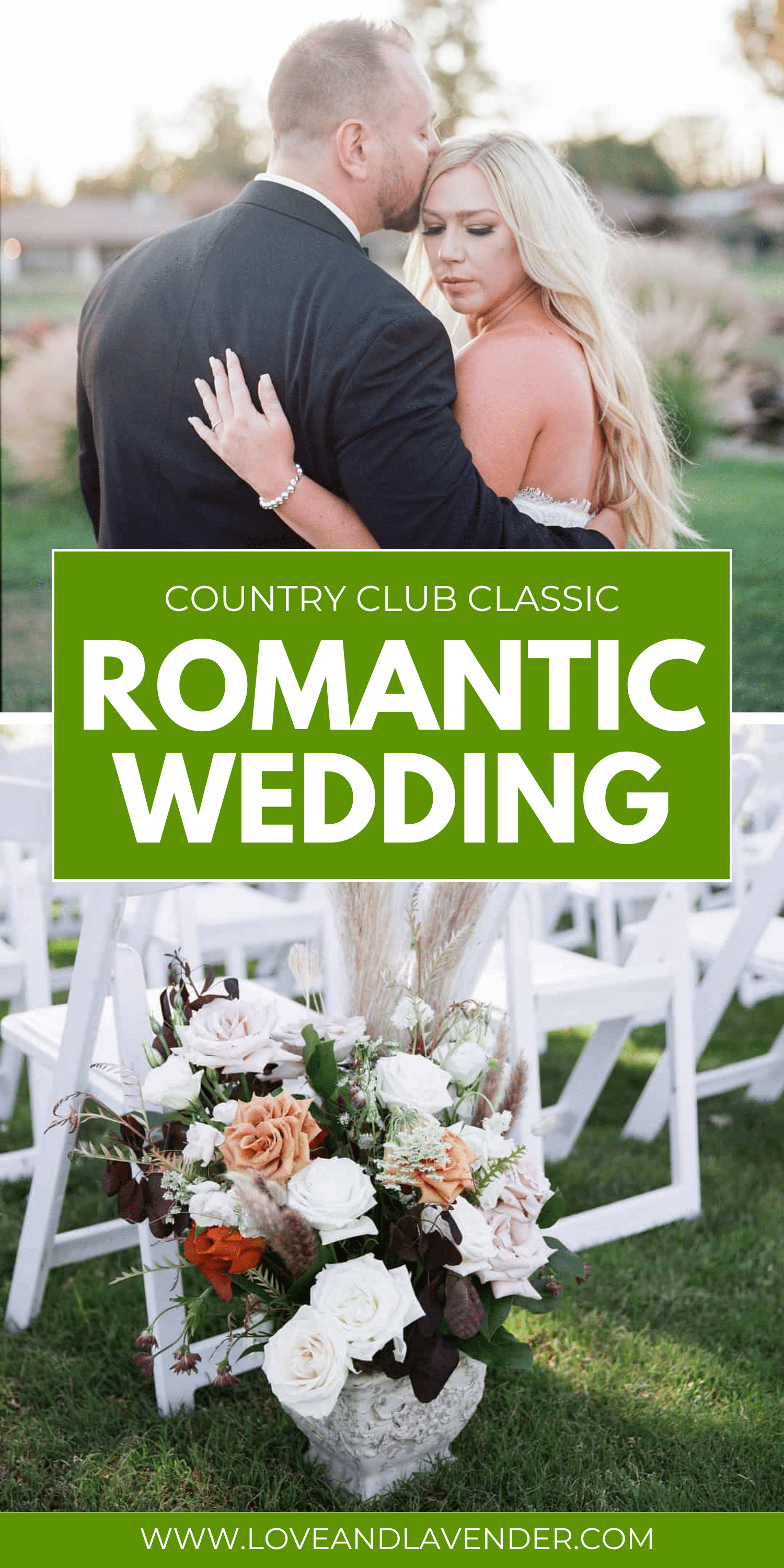When shopping for a diamond, there is a lot to consider. Of course, diamond price is an important factor. But there are also different colors and diamond cuts, not to mention clarity grades and carat weight. When combined with enticing jewelry store displays and driven salespeople, it’s enough to confuse anyone looking for their next piece of diamond jewelry!
Our guide to buying diamonds is designed to answer all of your questions about the wide world of diamond sales, and help you determine what exactly you are looking for when shopping for your next piece of diamond jewelry.
Diamonds: Dazzling and In-Demand
In the market for a new diamond? You’re not alone — the demand for these glittering jewels has skyrocketed over the years, with the US representing a whopping 52% of worldwide diamond sales (consider that China, coming up second, represents just 12.2%). Whether you’re shopping for an engagement ring, an anniversary present, or a self-congratulatory indulgence, the unbeatable sparkle and durability mean diamonds are always a great choice.
When shopping for diamonds, however, there’s an entire labyrinth of choice and industry terminology to navigate before finding the perfect stone. You’ll be looking at a myriad of diamond shapes and a range of carat weights, color variants, clarity grades, and cut grades. You’ll be comparing prices and learning about what contributes to the value of diamond jewelry.
By the end of this diamond buying guide, you’ll be an expert and will know exactly what makes your unique diamond so special.
Choosing a Diamond Shape
The most popular diamond shape — sometimes referred to as a diamond cut — is the classic round brilliant. This diamond is made up of 57-58 facets (the smallest facet, the culet, is optional and is slowly falling out of fashion). A classic round brilliant diamond looks perfectly round when viewed from above.
About 75% of all diamonds sold worldwide are round brilliants. In addition to going with everything, a round diamond is specifically designed to interplay with light in the most stunning, sparkling way possible.
However, diamonds can be found in a range of other shapes, ranging from contemporary to vintage-inspired. Oval and pear cut diamonds are soft and elegant, and their elongated shape is very flattering to the finger. Princess cut diamonds, also known as square cuts, are both timeless and constantly on-trend. Emerald cut diamonds are inspired by the architectural, geometric designs of the art deco period.
You can even find unique shapes to fit any personality, including hearts and star-shaped diamonds. Read our in-depth guide to classic, classy, and utterly breathtaking diamond shapes.
Choosing a Diamond Carat
Carat weight is something most people are familiar with, probably because it’s the easiest factor to quantify and the one that gets mentioned in all the tabloids. It isn’t quite the same thing as size, but they’re very closely related.
Carat is a measurement of weight — 0.2 grams, to be exact. A 5 carat diamond is equal to 1 whole gram. While all 1 carat gemstones will weigh exactly the same, their actual size might vary a bit depending on how dense they are. Sapphires, for instance, are denser than diamonds and so a 1 carat sapphire will be a little bit smaller than a 1 carat diamond.
When shopping for diamond jewelry, it’s okay to have an idea of what size diamond you would like to come home with, but it can be dangerous to get too hung up on precise numerical figures.
A .97 carat diamond will look indistinguishable from a 1 carat diamond to the naked eye, for instance, while being substantially cheaper. On the flip side, a 2 carat diamond that’s being sold at a very affordable price might have problems with its cut or clarity grade that make it a poor value.
Learn more about how carat weight relates to evaluating diamond jewelry. Click to read our article all about understanding diamond carats.
 Pin
PinChoosing a Diamond Color
You may or may not know that diamonds are essentially pure, transformed carbon. However, most diamonds do contain small, trace amounts of other minerals such as nitrogen, hydrogen, or boron. These trace minerals will slightly alter the diamond’s body color.
When you get these trace minerals in substantial amounts, the diamond’s color can be transformed completely, resulting in what the jewelry industry calls “Fancy Colored Diamonds”. Most of the time, though, they’re only in very small hints.
When you’re looking at icy, colorless diamonds, trace amounts of color will lower their value. This is how we get our D-Z diamond color scale, with D having no trace color at all and Z being noticeably off-color, usually tinted with yellow, brown, or grey.
D, E, and F diamonds are known as “colorless” diamonds; G, H, I, and J are “near colorless”, continuing through “faint”, “very light”, and “light”. As the letters go down, so does the diamond price.
With that being said, however, the way a diamond’s color or lack of color contributes to its beauty can be quite subjective. When shopping for diamond jewelry in person, you might find that you prefer the warmer tones of the faint to near colorless range more than a colorless diamond. It’s all about which piece is the right one for you.
Click to learn more about diamond color grading.
Choosing a Diamond Clarity
Diamond clarity refers to the consistency of a diamond’s visual makeup. A diamond’s clarity grade can be lowered by things like inclusions of trace minerals, tiny internal fractures, variations in the way the diamond was formed, or little scratches or pockmarks that happened during the cutting and polishing process.
Most of the time, these little marks can only be seen under a microscope. It’s when they’re prominent enough to be seen with the naked eye and detract from the diamond’s overall beauty that they become a problem.
In rare cases, however, unique diamond inclusions can be a collector’s curiosity and a thing of beauty. This natural rough diamond has a vibrant included garnet, which significantly lowers its clarity grade.
As with all things, beauty is in the eye of the beholder. Check out our article here on understanding more about clarity grading.
Choosing a Diamond Cut
Things get a little hazy when we begin to talk about diamond cut (hint: it’s not the same thing as diamond shape), largely because it is where we leave the diamond’s natural advantages behind and begin focusing on the craft of a real human being.
Cut is where we take a rough diamond and coax out its greatest possible beauty. Without this mastery, a diamond is nothing more than a pretty little lump of potential.
Cut grading is listed on diamond reports on a scale of “Excellent” to “Poor” based on a range of mathematical formulas and measurements. Through decades of evaluation and experience gemologists have pinpointed the exact range of proportions that best interacts with light, shadow, and color, giving the diamond the scintillating sparkle that secured its place in cultural consciousness forever.
To learn more about the art and science of the diamond cut grade, check out our article.
What Is Most Important When Buying a Diamond?
As we’ve seen, the perfect diamond is always going to be the one that is perfect for you. What one person finds most beautiful might not be the same one that makes your heart sing, and there’s absolutely nothing wrong with that.
However, a poorly cut diamond will lose a lot of its natural beauty and will look awkward and unbalanced to the eye. When shopping for diamond jewelry, an “Excellent” or “Very Good” cut grade should be the first priority.
 Pin
PinIn terms of retail value, the best diamonds will be in the colorless or near-colorless range (D-J), clear of inclusions to the naked eye (From FL to VS2 on the diamond clarity grading scale), and superbly proportioned.
The most important consideration, however, is that the diamond makes you feel comfortable and happy when you wear it. This is especially true if you are shopping for a “forever” piece, like a diamond engagement ring. Try on different shapes and sizes if you can to get a sense of which one is the right fit for you.
How Are Diamonds Priced?
All loose cut diamonds are bought and sold on a per carat basis, which means a fixed price by weight. This per carat price varies based on the range of quality factors we discussed above, any unusual or unique attributes that make the piece particularly exceptional, and magic sizes. These magic sizes are carat weights that fall into nice round numbers that are more desirable to consumers such as 1 carat, 1.50 carat, 2, and so forth.
With all other quality factors being equal, the price per carat will be higher for a diamond over 1 carat than a smaller one. This is why our .97 carat diamond is so much cheaper than a 1 carat diamond, despite being visually almost identical. Diamond prices can range from about $800 per carat for a low-grade stone to just over $4m.
Are Diamonds a Good Investment?
“Investment quality” is a term you hear tossed around fine jewelry boutiques a fair bit, and for the most part, it’s a little bit of a myth.
While it’s true that some diamonds will retain their value more than others, almost all jewelry will depreciate in value after its initial purchase. The two major exceptions to this rule are:
- unique vintage pieces, which have already gone through their value cycle and can often be sold for as much or more than you originally bought them for, and
- fancy colored diamonds, which appreciate in value more consistently than just about anything else in the fine jewelry industry.
If you do think you may want to resell your diamond one day, or just want the comfort of some financial security, make sure you get your diamond professionally appraised. Also hold onto any supplementary information you received with the original purchase, such as grading documents, luxury packaging, or certificates of provenance.
Be mindful of the fact that diamond pricing, like the pricing of many other natural resources, can fluctuate over time. This is mainly due to supply and demand as deposits are mined out or new ones are discovered; political, economic, and ecological issues are explored; and new discoveries and technologies, such as the rise of lab grown diamonds, make their way into the market.
While you can expect any luxury commodity to bring you a bit of financial security, shopping for diamonds is not a get-rich-quick scheme. It may, however, be an investment in your future happiness.
How Can I Tell If a Diamond Is Real?
Due to a mix of both malicious dishonesty and innocent ignorance, there is an undeniable presence of fake diamonds on the market. Some of these diamond imitations have their own unique value and beauty, such as moissanite or white sapphire. Others, like cubic zirconia and rhinestone, have almost no intrinsic value of their own.
Diamonds are valued primarily for their unmatched hardness and their unique way of reflecting and refracting light. Imitation diamonds will rarely exhibit the same sparkle and rainbow colors we see in natural diamonds, and they will always be more vulnerable to scratching and everyday wear and tear.
The only way to know for absolutely certain if your colorless stone is a real diamond is to take it in for professional laboratory testing. However, there are a few things you can look for to help separate natural diamonds from imitations.
Your Perfect Diamond is Out There!
Shopping for diamond jewelry is an art, a science, an experience, a journey, and a game of chance all in one. The wealth of information available to us can be overwhelming but it can also be a gift.
Understanding the process behind diamond price, grading, and the journey it takes from the mine to the display case makes your new diamond jewelry even more special. Just remember that beyond quality considerations like cut, clarity, color, carat weight, shape, popularity, the craft of the diamond cutter, and the serendipity of nature, the most important thing is that you find a stone you will love to wear.
After all, jewelry and fashion trends come and go; diamonds are forever.
Did you find this post useful? Would you like to get back to it later? Save THIS PIN below to your Diamonds board!
 Pin
Pin












Leave a Reply